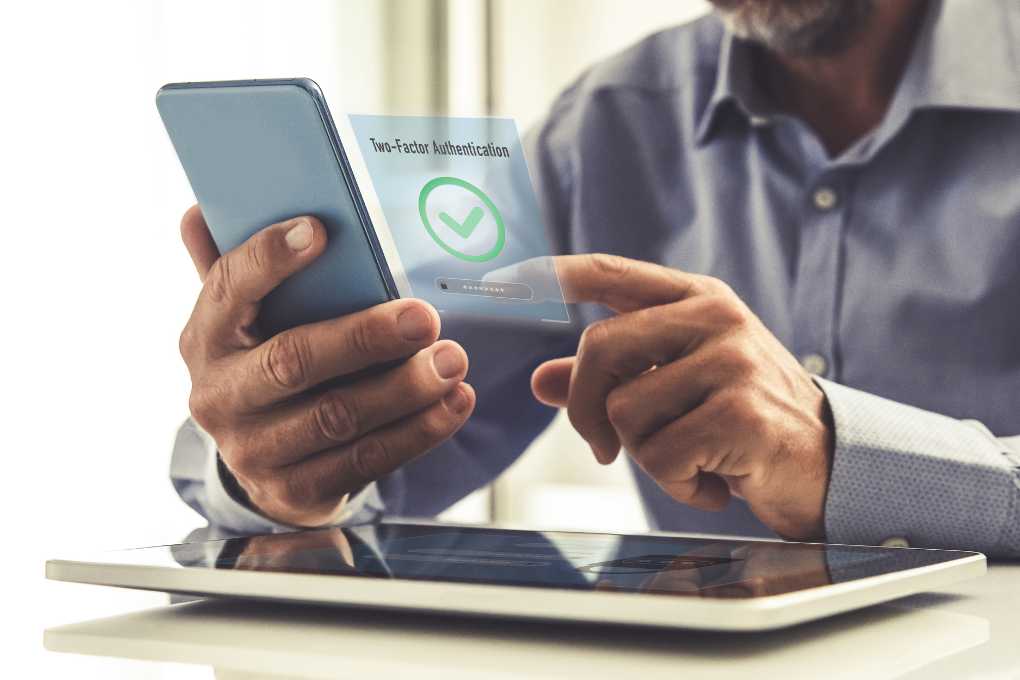What Is Multi-Factor Authentication (MFA)?

In times of daily attacks by hackers on companies and private individuals, you should protect your IT as best as possible. Multi-factor authentication (MFA) is an important part of several protection options. For MFA-linked access, identity verification is required, and this means you have two or more credentials, which makes identity theft much more difficult.
Why Should You Use An MFA?
An access name with a password is, of course, a protection that is not that easy to crack. However, resourceful hackers know many ways to commit identity theft.
Multi-factor authentication requires, in addition to the access name and a password, at least one other credential (factor) to be combined with these. This additional factor is independent of the queries above.
MFA Explained Using Two-Factor Authentication
With two-factor authentication, you need exactly two combined credentials. Possible combinations include an access name with a password on one side and an access card, or PIN sent to a smartphone on the other side. If a password is sent to a smartphone, the first combination should not be entered on the same device. Otherwise, thieves will quickly gain access to the data to be protected.
Such two-factor authentication is known for order approvals in electronic payment transactions, is used when registering for a cloud service, or secures network access. This method can also be used to regulate access authorizations for protected areas; an access card is then used in conjunction with entering a PIN or scanning the iris.
In fact, two-factor authentication is the most common form of MFA because it is quite easy to implement. If you take the example of restricting access to buildings, it is very easy to take a card with you, and the associated PIN is quite easy to remember. However, combinations with a PIN are often used on a smartphone, as the smartphone is a constant companion of people these days. It is also important to secure your smartphone well.
On the one hand, you should protect access to the smartphone with a PIN, and if the release word is then transferred to an app, you should also protect access to this app, for example, with a PIN. Another device can also replace the smartphone, for example, a card reader. Bank customers will be familiar with these two examples because access to bank data is achieved using an access name and PIN. Still, a payment order is then released by transmitting a PIN to an app on a smartphone or tablet or using a card reader and card. This is how two-factor authentication is implemented at credit institutions.
Also Read: Privacy And Data Protection In Ridesharing Services
Which Factors Can Be Used?
If you look at the factors, you can classify them into three categories. First of all, the most common feature is secret knowledge, which is a password, a PIN, or answers to security questions. Another common factor is a physical object, such as a key, swipe card, or token. The rarest factor is a unique biological characteristic or biometric data such as a fingerprint, voice, or iris pattern.




